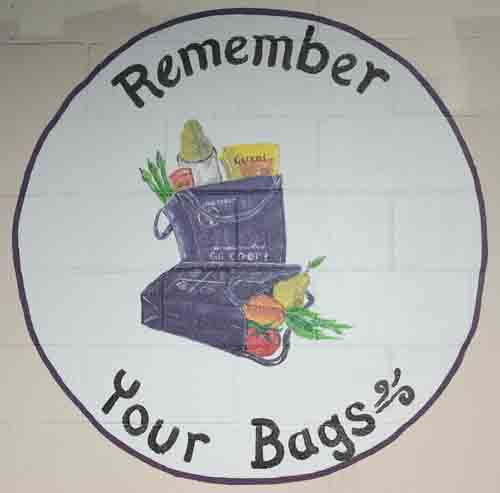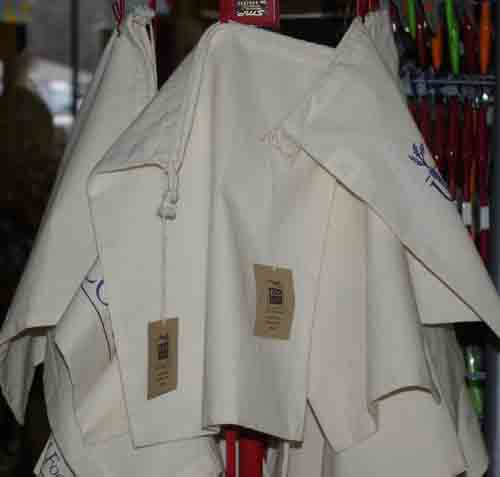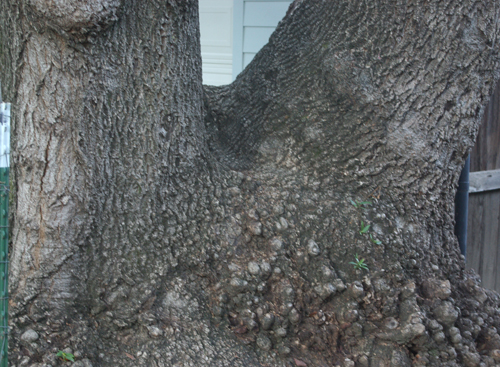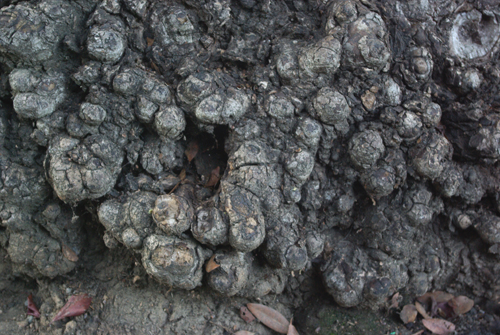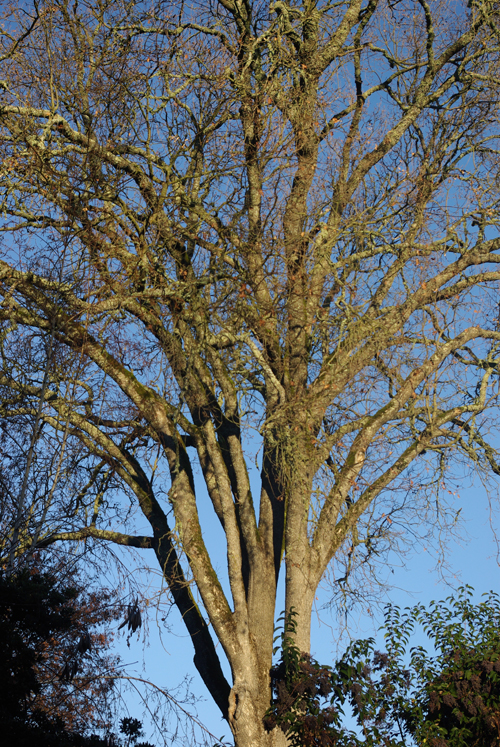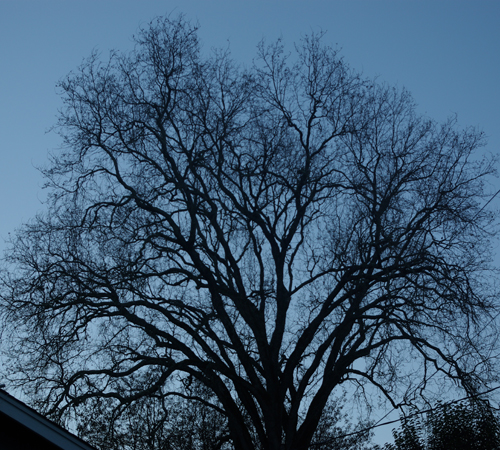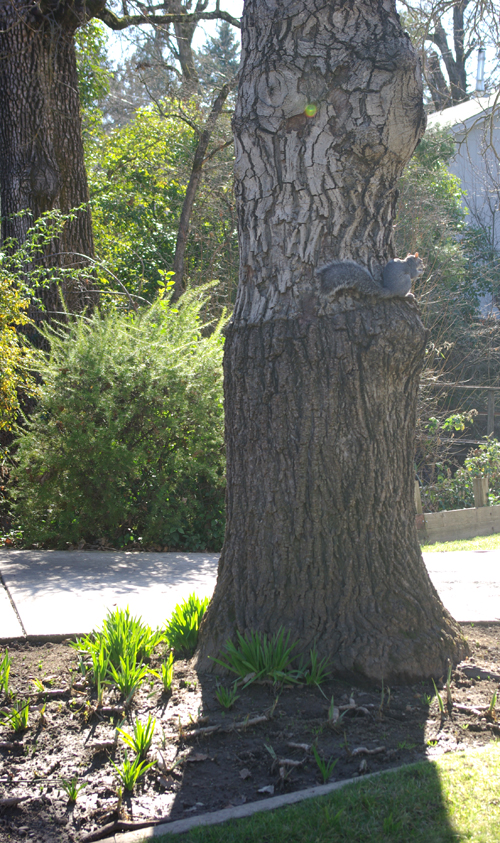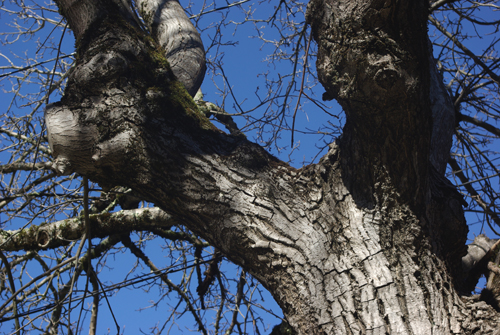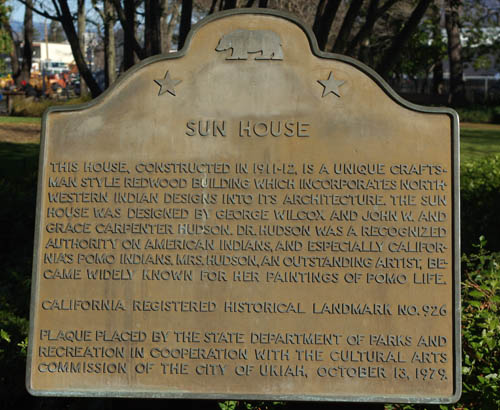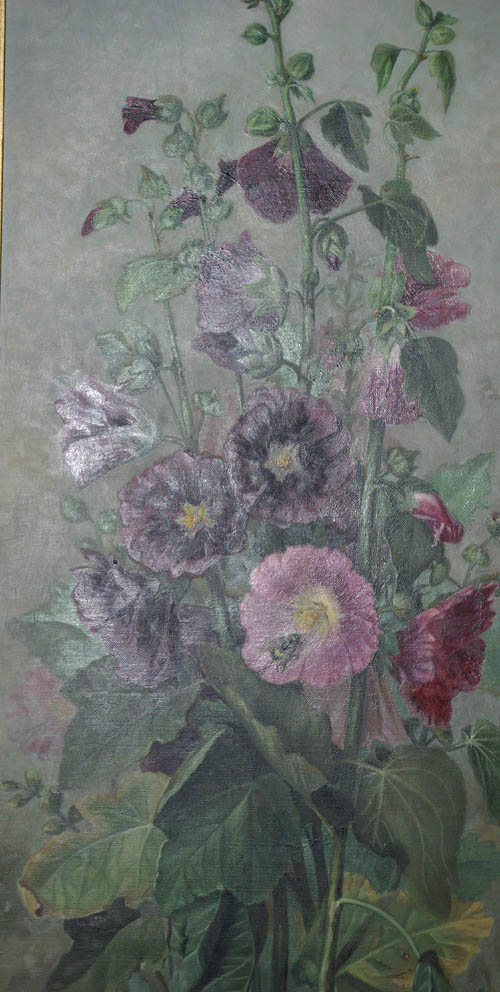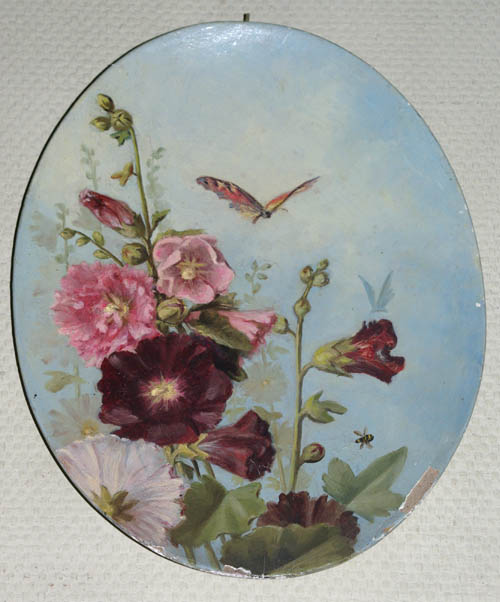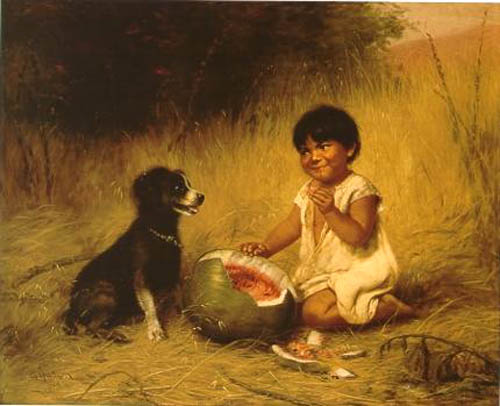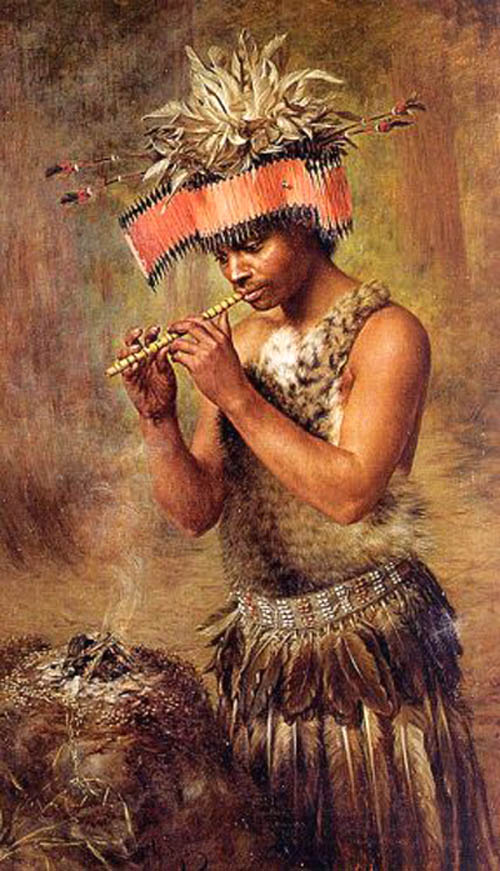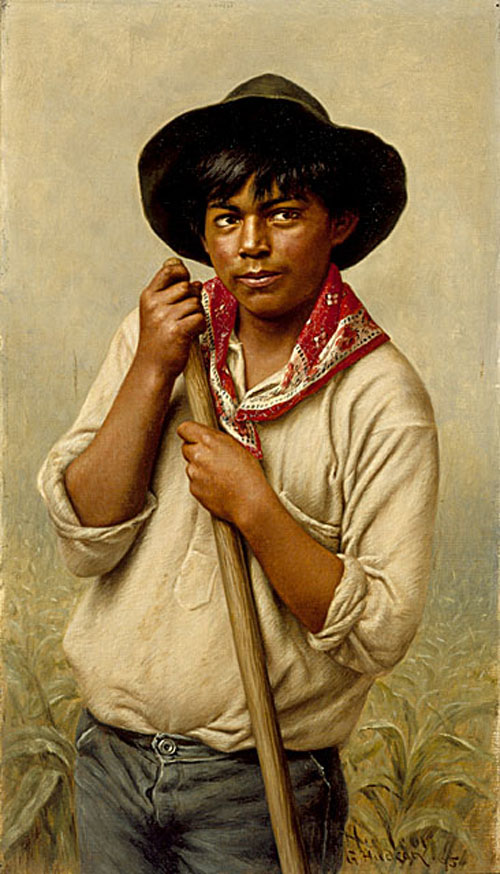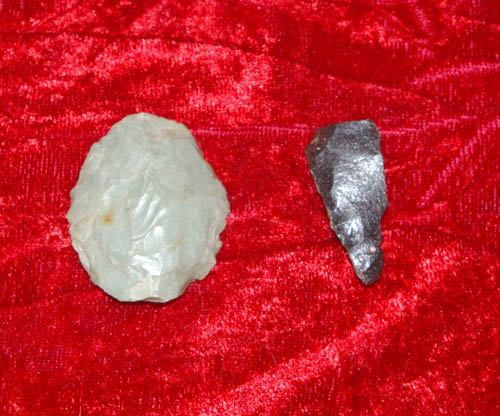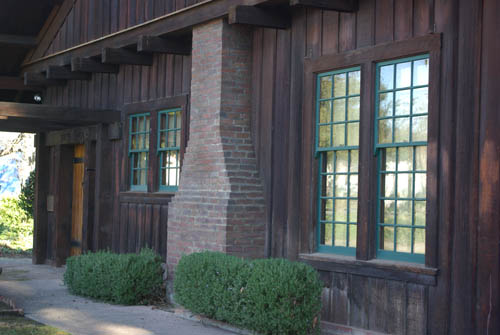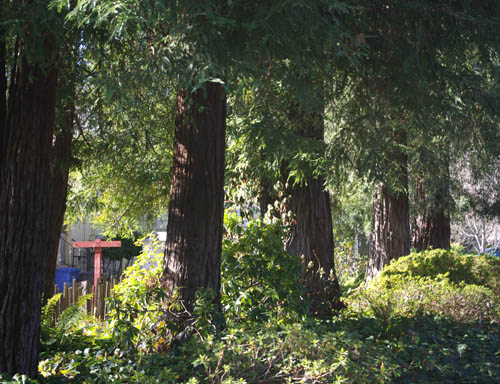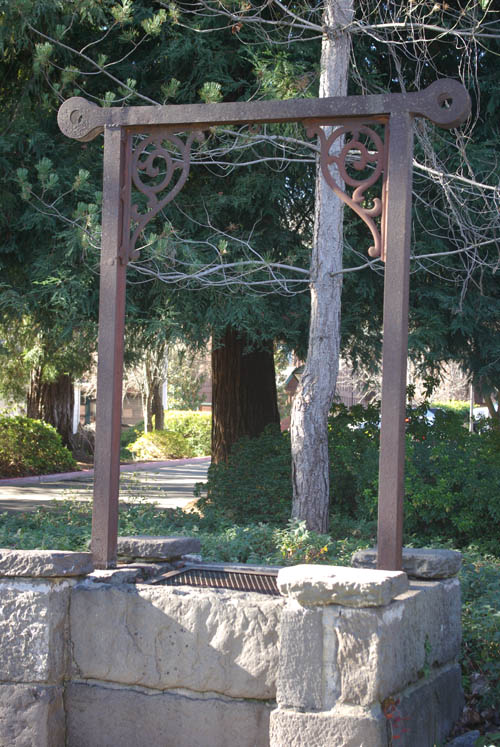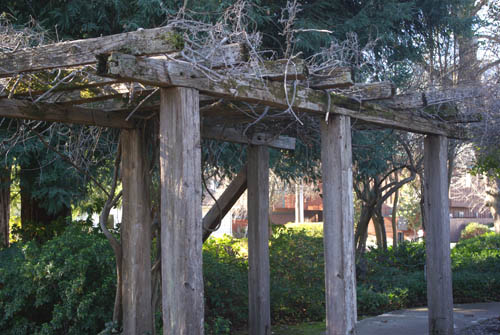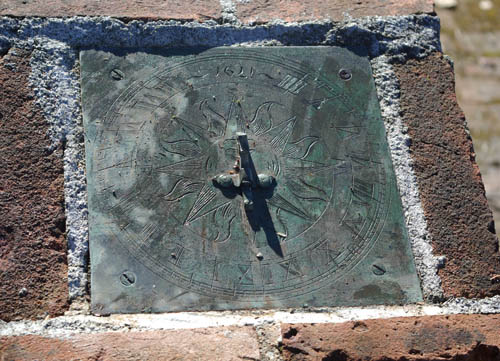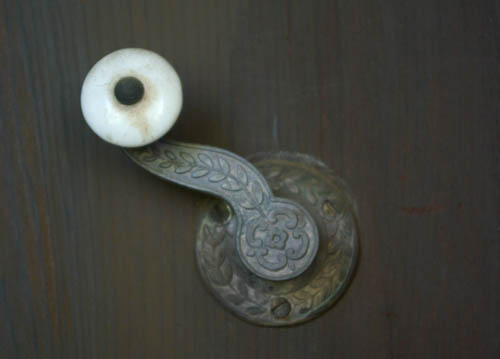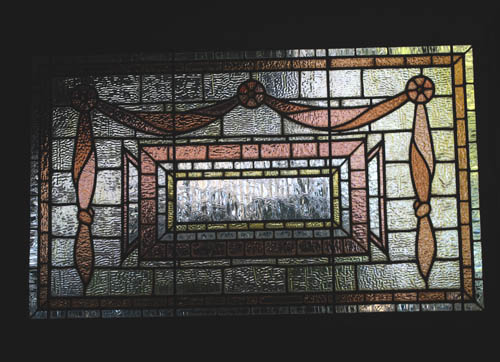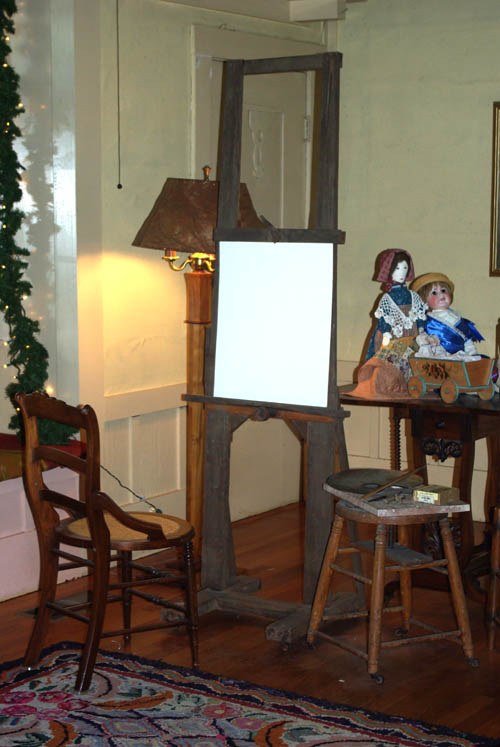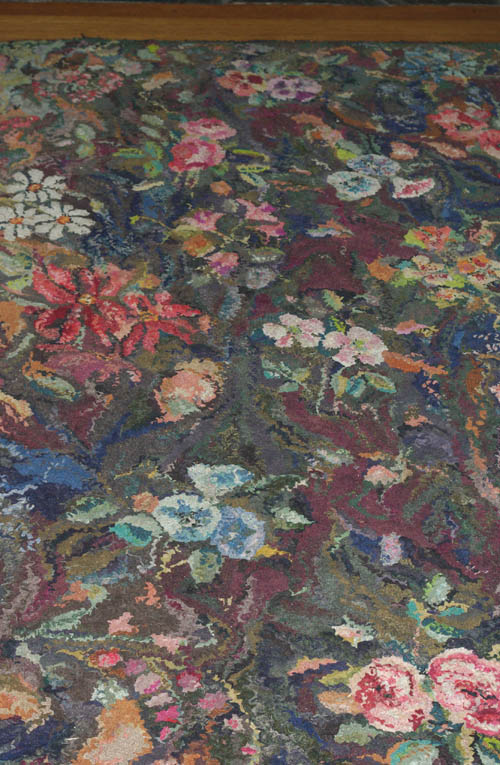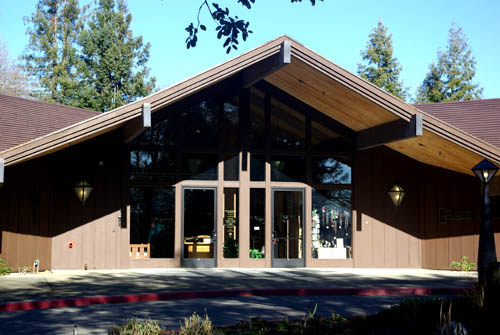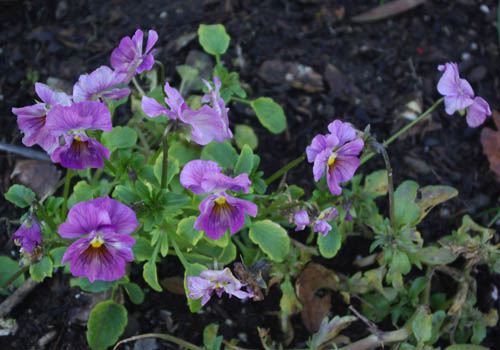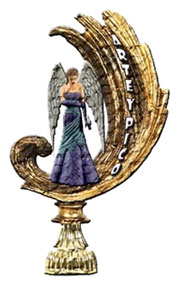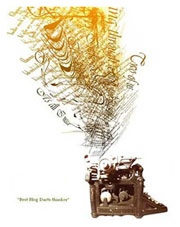One would think that with the addition of the new sign painted out front of our local health food store that I would actually have my portable grocery bags in hand. Right? Shamefully, wrong. It’s not that they are not in the car. They are. It’s that they are not in my hands. Why??
In light of the new energy pulsing through the nation, asking for more commitment to helping make a better place I took myself to task this week, creating space for some thoughtful reflection about why this is so. And the primary reason I could come up with was EGO. True story. My ego (long accustomed to being served in this small capacity) actually said to me, “I shop. I’m paying. Please put my purchases in a bag.” The illogic of this was the realization that no one is asking me to pack my groceries in a bag. I’m merely being asked to bring my own. So with this new awareness I decided to fully engage and explore my options, which turned out to be a fun thing to do! Who knew?
Advising some of the staff at the health food store what I was about, I brought my camera in and was actually very surprised at how very many options I had to carry home my groceries. Finding choices had me warming up to the idea of incorporating this practice. I’m sure many of you long ago started packing your bags with you, wisely eschewing both paper and plastic options, but for those of you who have not, let me share what I learned!
First a disclosure. I actually have some strong opinions about white portable grocery bags. [And to be honest, as I’m writing, I’m noticing I’m having an issue with what they are called. They are called bags. How un-fun! As a professional marketing person I think we have an opportunity here. I think they should be called something besides bags. Really. Suggestions?? For the moment I am going to be calling them Portable Shopping Bags, and that ain’t bad.] OK, back to the white bags. Who came up with white bags?? For something that is going to be lugged in and out and about in cars, garages, shops, etc. I just think white is completely impractical. Because then I’m thinking this is something I’m going to have to bleach, nothing I want to encourage. So white bags are out for moi.
Here was the first choice I found upon entering.

I’m not sure what these are actually made of, but they almost have a part paper feel, even though strong, and they were miraculously under one dollar. They would not be my first choice, but they must be popular for price alone.
Now, here are the rejected white ones, pretty as is the design.
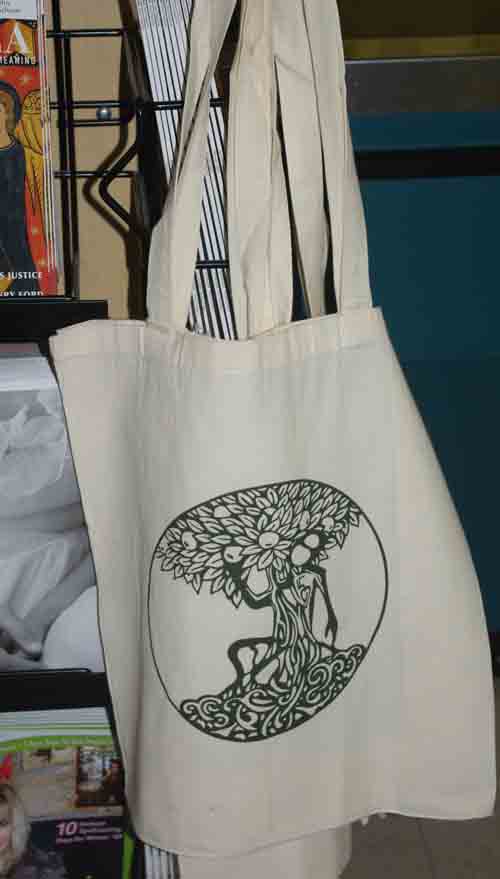
It’s not hard to imagine people choosing these and replacing them as they deteriorate. It’s a step up from paper or plastic, no doubt.
Now having trashed the White Bag Concept I have to make an exception, as I then found these, which I am seriously considering investing in, though not for carting groceries, but as an alternative to small plastic bags into which I deposit, oh, say, celery or a few organic apples. So, produce. This would, in fact, appeal, if I could just imagine how the naked produce then gets checked out without being put on a scale or counter. Ideas? (You can see I’m a work in progress.)
Next up were bags I not only own, but have gifted to my daughter and a close friend as I love these. I do use them, frequently–just not for the purpose originally intended!
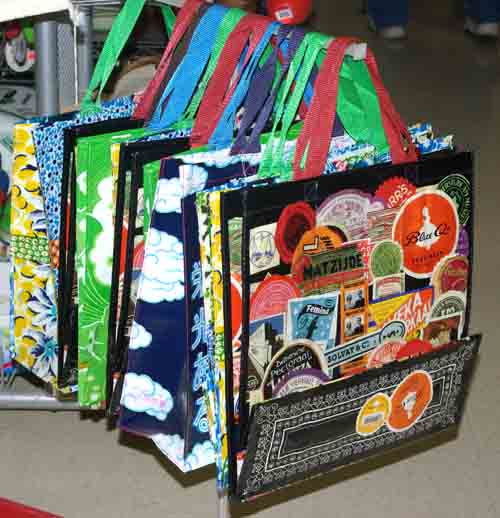
These kind of feel like oil cloth, though may be a kind of plastic. I’m not sure, but I love that they have a square piece in the bottom that keeps them open, thus allowing things to be stacked upright in the bottom. (I think one of my resistances to most Portable Shopping Bags is their impracticality where bottles and cartons are concerned.) The handles are strong and they are obviously the most colorful option I’ve found. So these are my local favs. Can you get these where you live? I hope so.
Now at the other end of the spectrum, and had I not specifically taken myself on this Bag Adventure I am confident would never have noticed these, someone on staff pointed out these ChicoBags, which are decent-sized nylon bags contained within teeny tiny bags which are literally attached to the bag at the bottom. So you just pull out when you need them. And the rest of the time they can live in your purse or car!
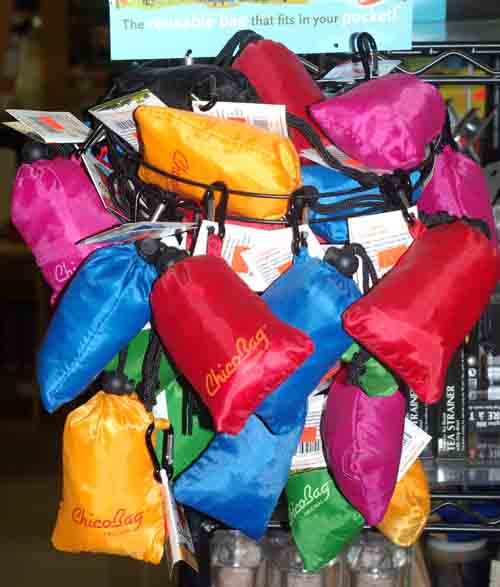
Probably the most aesthetic bags in the store were these wonderful bags made in Africa. You probably own one or two of these, right?
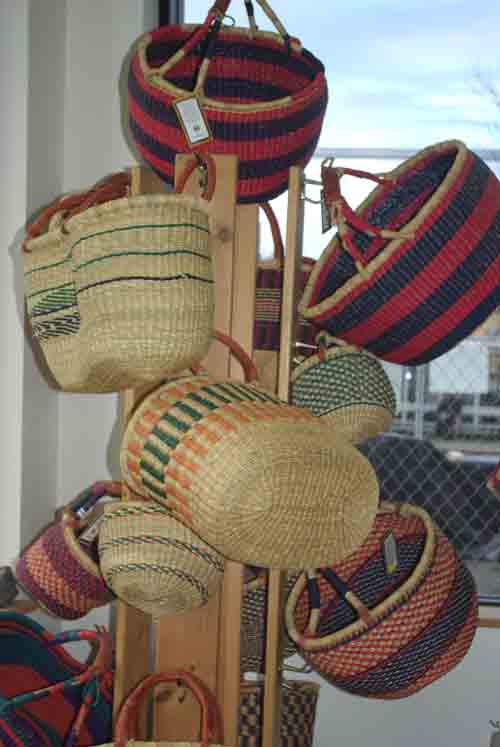
My Maine Coon cat Luna sleeps in one I bought for her years ago, so they are very lasting, I can assure you!
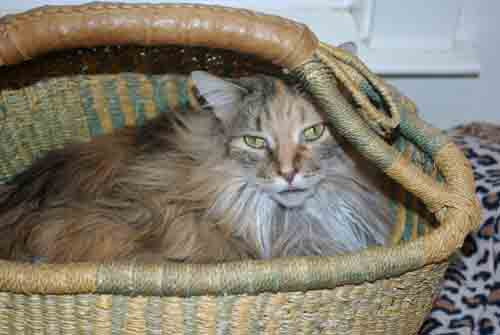
I must say, however, when all is said and done, my very favorite portable shopping bags remain the bags I learned to shop with when I lived in Mexico and went to the open market for my food. I have one old rather funky one I currently use to place all plastic bags that make it inside my house, that I do religiously recycle. And then I have a more modern version, which I would not be one bit surprised to hear you are familar with as someone decided to capitalize on Frida Kahlo’s image by placing her face on the sides of an old traditional standby in Mexico. Am I right?
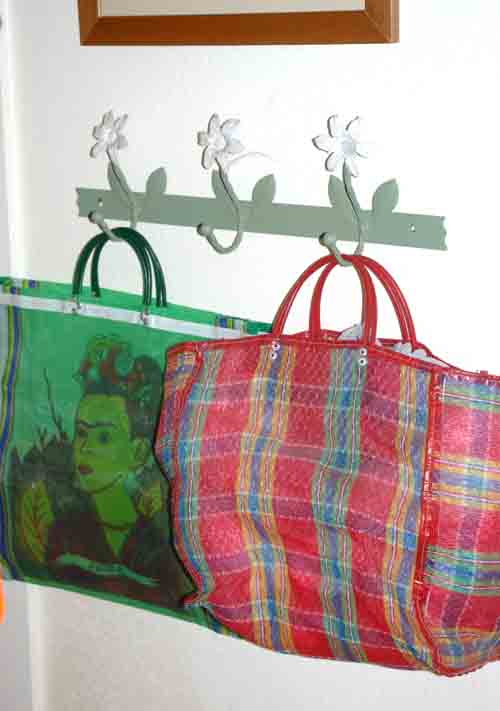
Writing this post has caused me to pause and figure out why I prefer the old red one. I see now that it’s because the traditional design encorporates the understanding that groceries well tended often need a flat surface on which to reside in transit home, not unlike my favorite bag above. The Frida Kahlo version is simply flat, rendering it far less useful. I think I will trade out these functions and use Frida for plastic bag recycling and place the old favorite red one in my car. Bet I use it.
I would be remiss if I did not share that my fondness for the old red practical bag is built on a very nostalgic and endearing memory of staying for two weeks out in the smallest of Mexican villages along the Pacific Coast. A village so small and remote it had only one electric light. Period. Dirt floored huts, where I slept. Dirt paths, where I walked. One afternoon I felt honored to be invited by the local women to join them on the beach where they taught me how to use one of these very bags to catch our dinner. They showed me how to hold the bag into each successive wave that crashed upon the beach, followed immediately by a scooping motion that left sand and small shellfish captured in the bottom of the bag. As the bags were porous, the sand would wash away, leaving behind the fresh shellfish. Aw, now that’s a way to bring dinner home in a bag, my dears. Yes, it is.
Love and household blessings,
Kathryn xoxoo
Posted on January 24th, 2009 by Kathryn
Filed under: People at Work | 30 Comments »

